Welcome to the World of Aviation!
I mentioned in my “About” page that I wanted to share what the aviation industry has to offer in terms of career and more! Below you will meet people from all sections of aviation, learn about my college programs and the different jobs I’ve had as well.
People in Aviation
When you hear the word Aviation, what is the first thing that comes to mind? Perhaps a Pilot? Flight Attendant? There are so many jobs that exist in the industry that are not often heard of or talked about.
Below you will find Q & A from individuals who work in different sectors of Aviation. This will hopefully provide some insight into the Aviation field.

Damian Boucaud
Airport Duty Manager - Greater Toronto Airport Authority
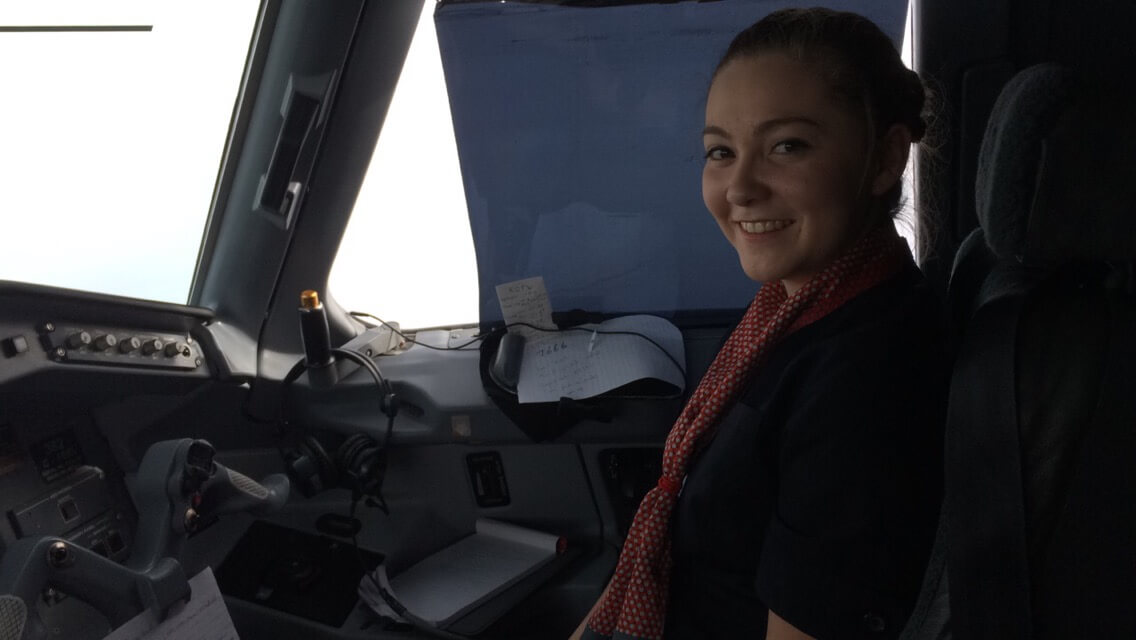
Katerina Campusano Revuelta
Operation Control Manager - Sky Regional
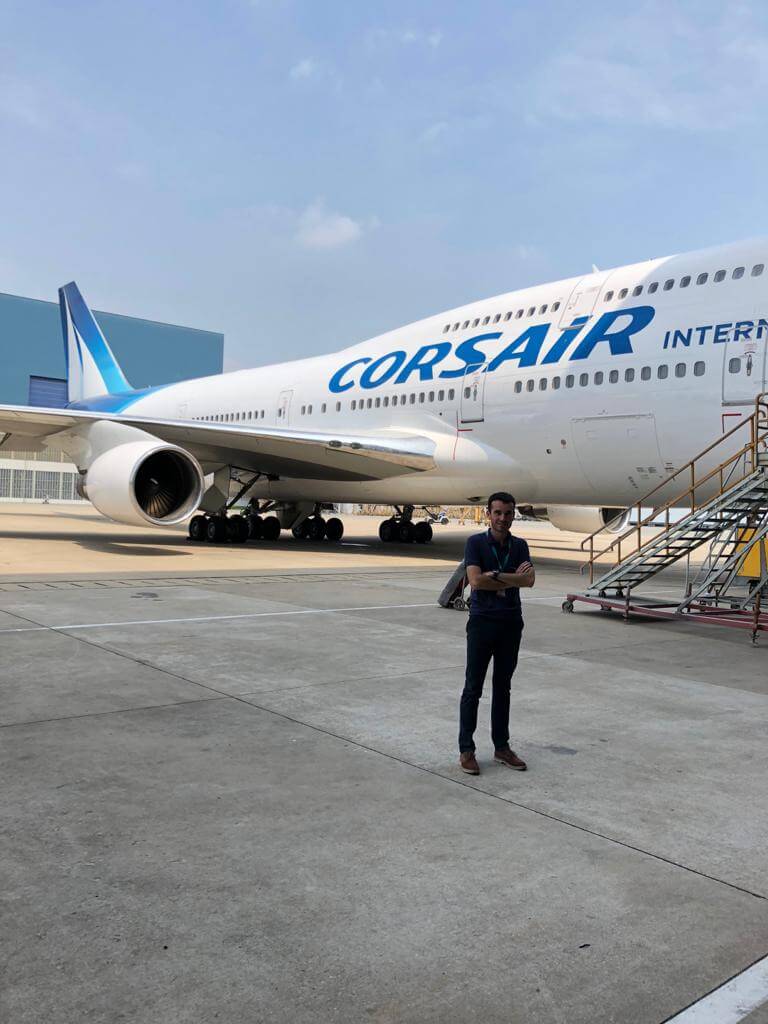
Nicolas Luze
Maintenance Planner - Sky Regional
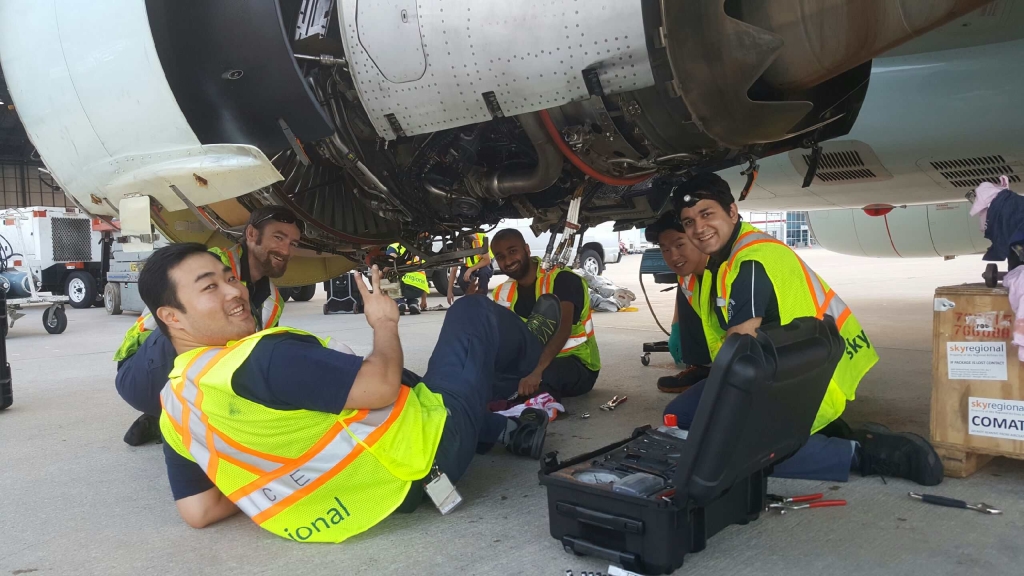
Taehoo Kim
Maintenance Operation Control - Sky Regional

Matthew Kasiuk
Operation Control Manager - Sky Regional
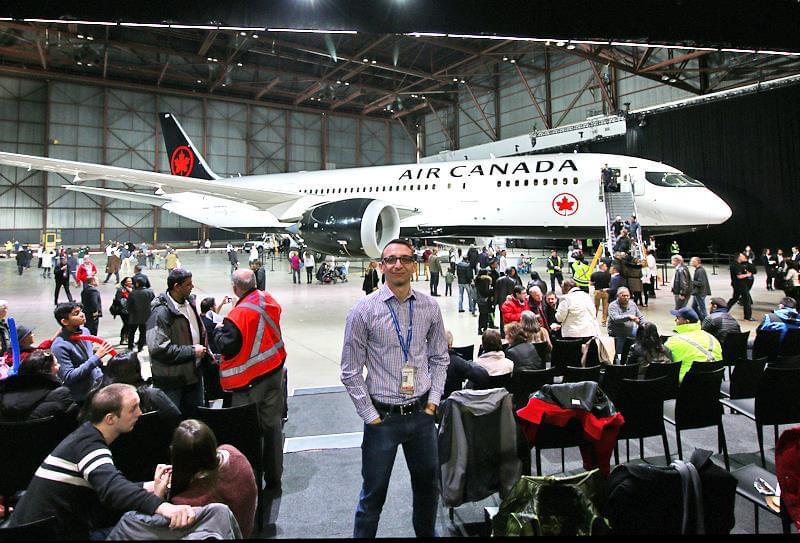
Bruno Tucci
Maintenance Operation Control - Sky Regional
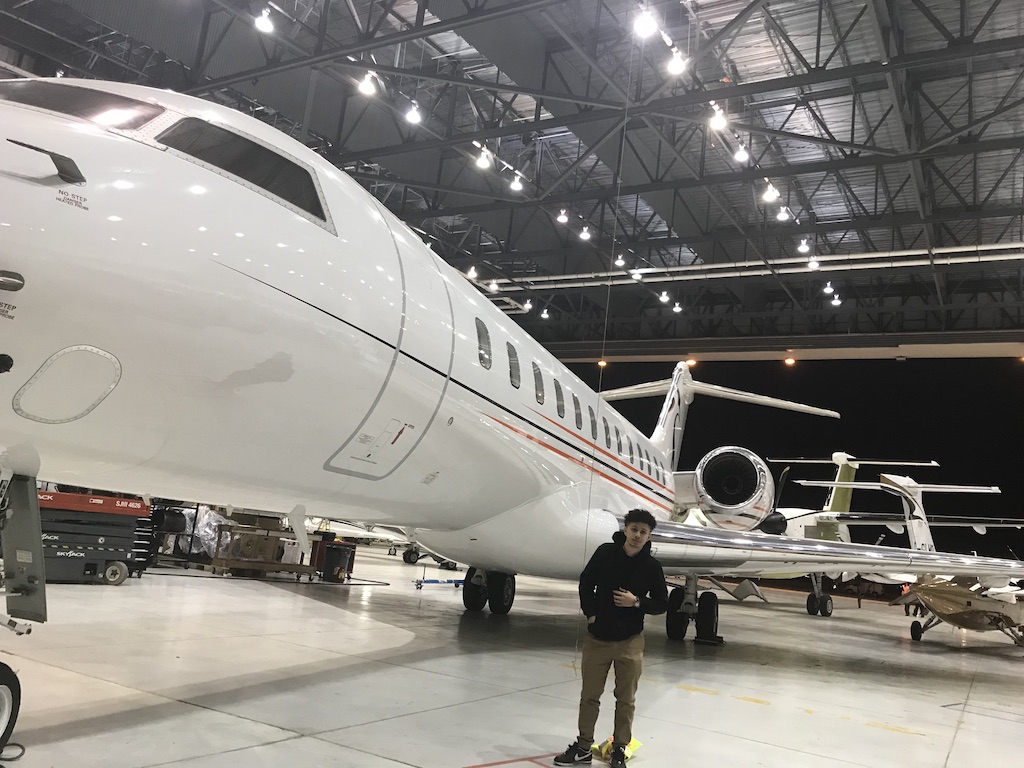
Kevin Romero
Operation Control Manager - Sky Regional
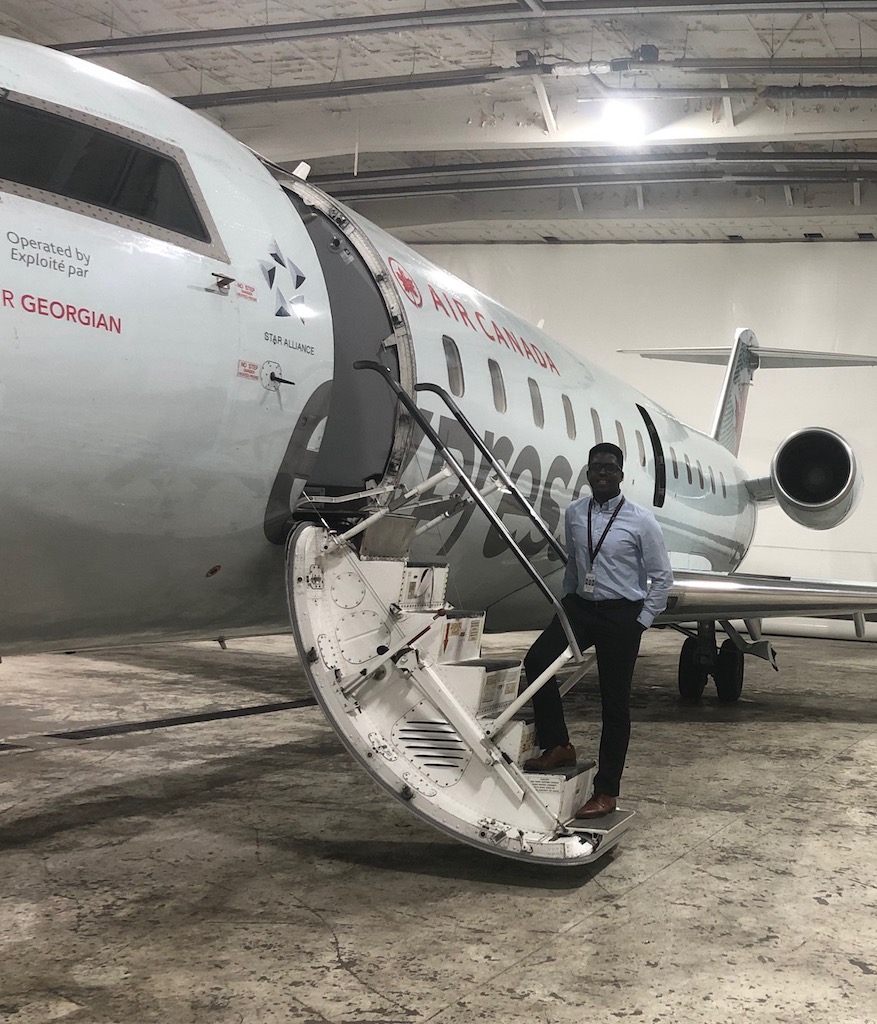
Stephane Dapeu
Student - British Columbia Institute of Technology (BCIT)

Evelyn Recinos
Crew Scheduler - Sky Regional

William Smith
Owner & Principle Consultant - AVMACON Inc
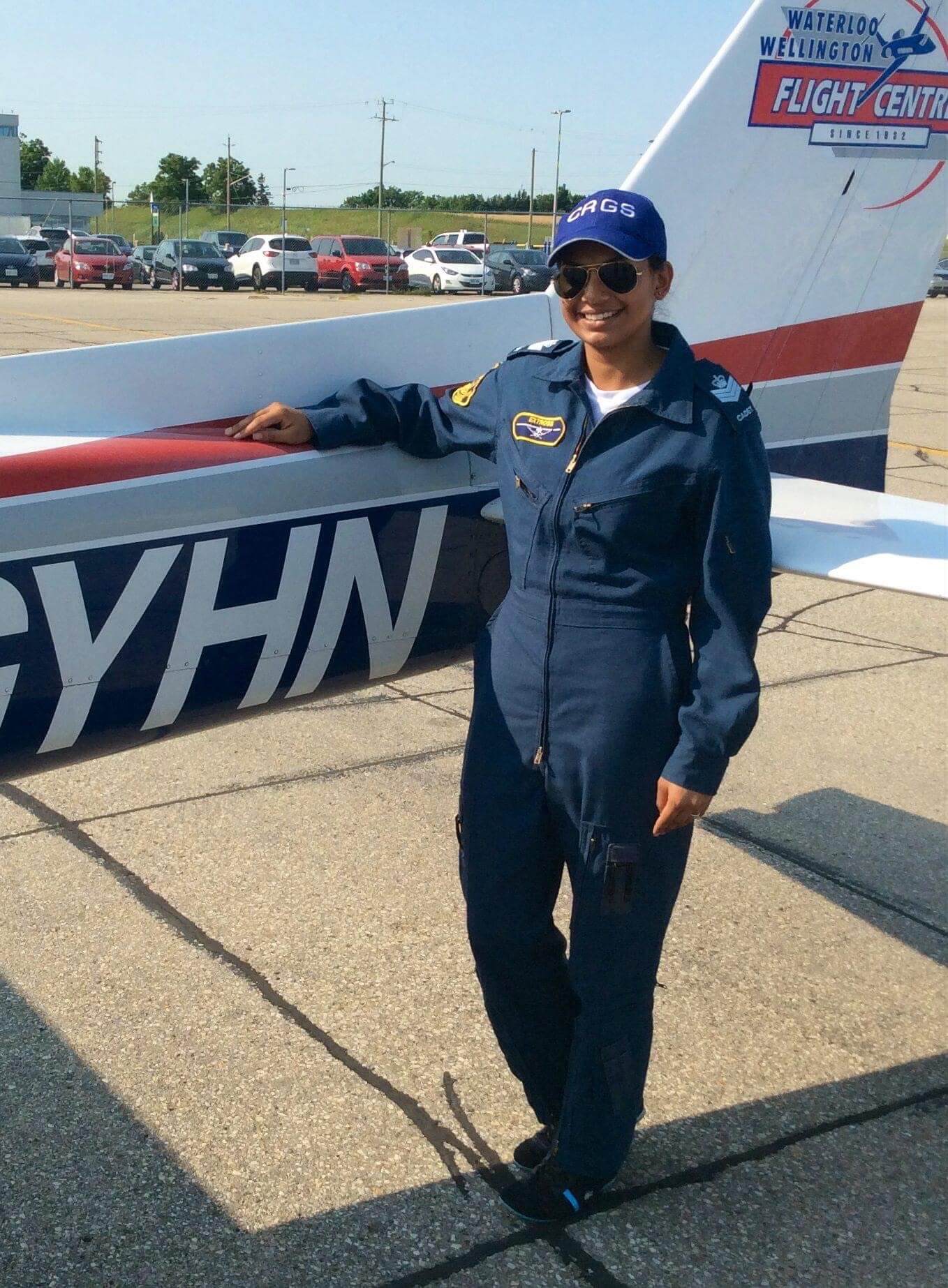
Maegan Extross
Research Analyst - NAV Canada
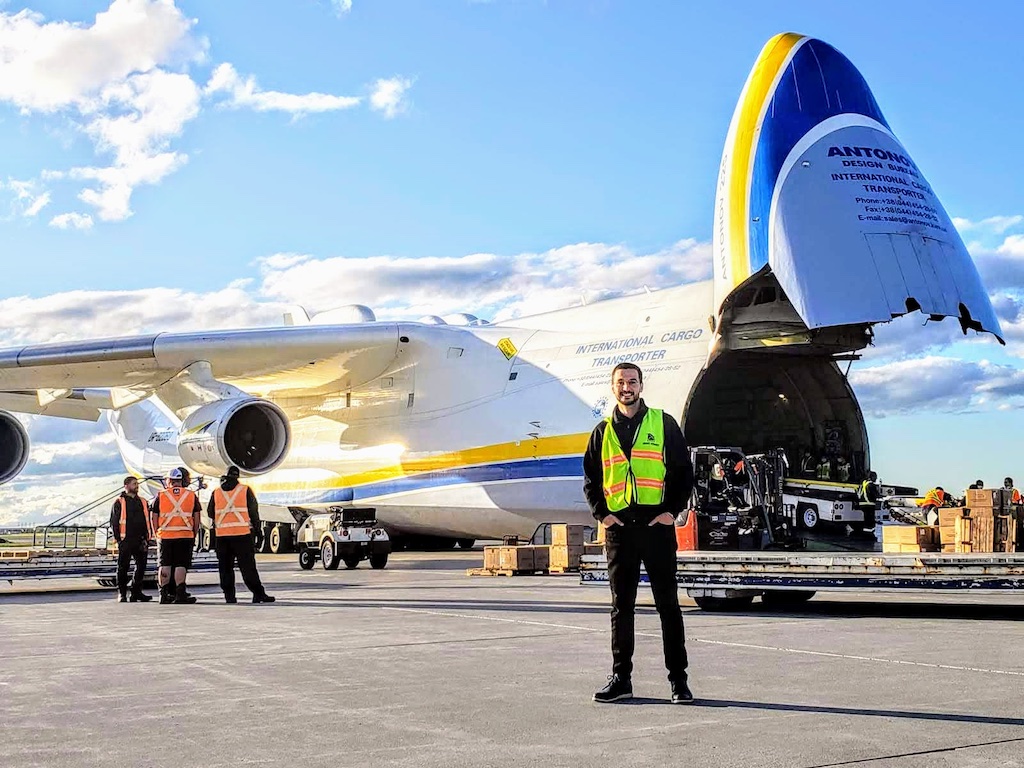
Hassan Khan
Manager Operation - Airport Flow - Greater Toronto Airport Authority (GTAA)

Gary Arthurs
Mid Term Planner - Ornge
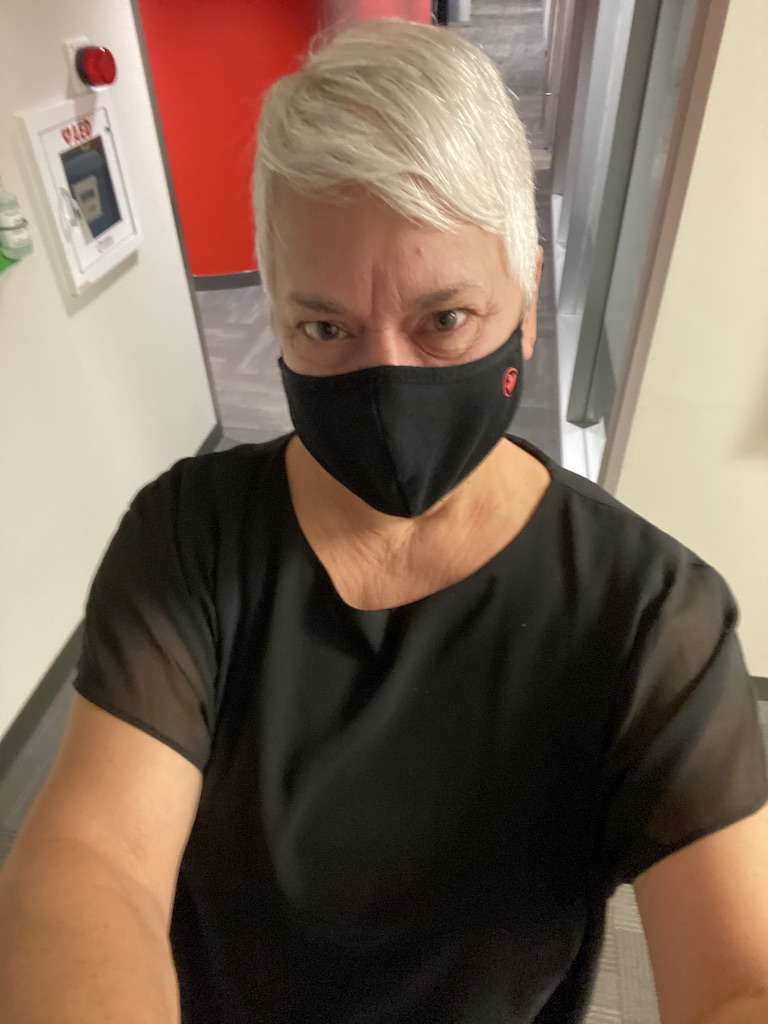
Sandra Bedard
Crew Network Manager - Air Canada

Bradley Rego
Crew Network Manager - Air Canada

Cale Daniels
Senior Director of Operations Control - Air Canada
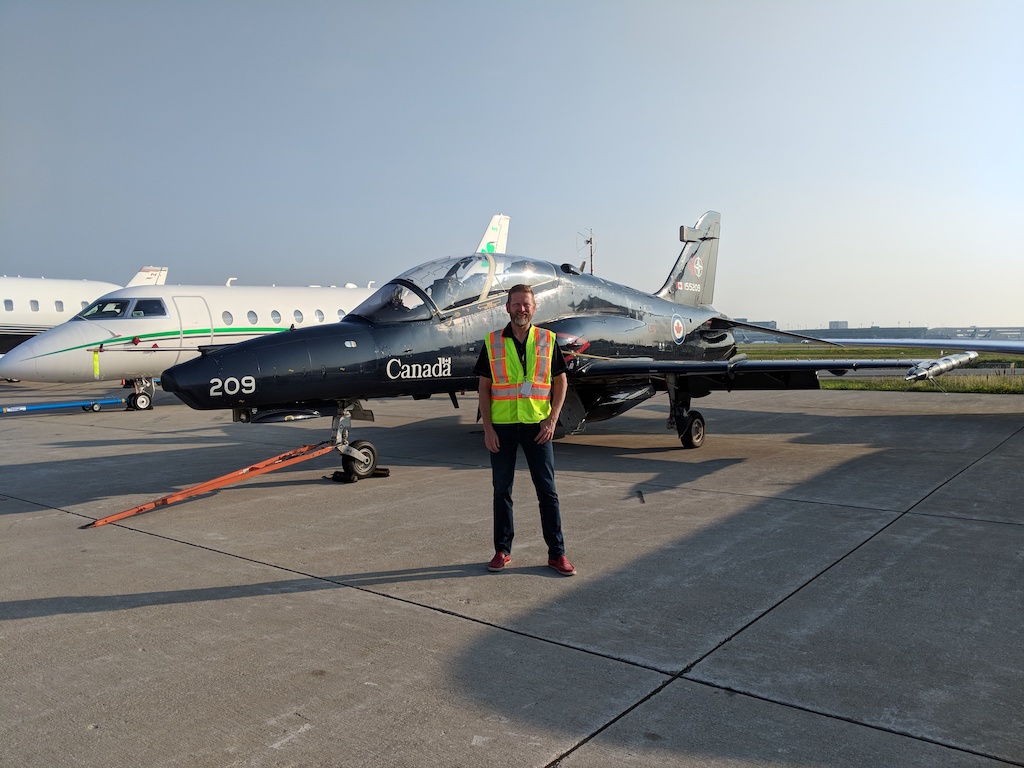
Stewart Hirst
System Operations Control Manager - Air Canada
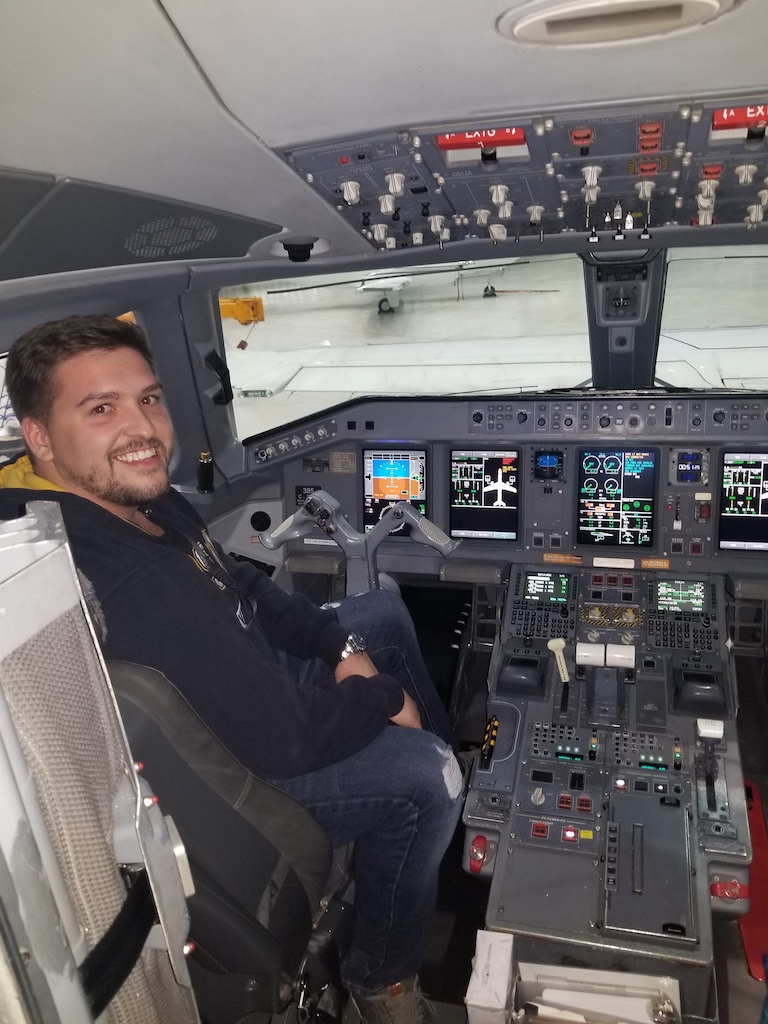
Andrew Mioduszewski
System Operations Control Manager - Air Canada

Najib
Manager, System Operation Control - Air Canada
Studying in Aviation
I studied at Seneca College in Canada. There were two different programs to choose from: Aviation Operations (2-year program) versus Aviation Safety (3-year program). I completed the 3-year program, the programs are essentially the same as they cover the exact same material over the first 2 years, the only difference is that Safety requires another year of learning.
The majority of the part-time Aviation professors at Seneca teach and work in the Aviation industry simultaneously. Therefore, I had the pleasure of learning from managers of the Greater Toronto Airport Authority (GTAA), Safety Director of Sunwing and more. This offered many opportunities for the students to network and to get a better understanding of the different job opportunities in Aviation.
Some of the courses at Seneca include:
Aeronautics – Basic theory of flight
Aviation Management – Different management style in an organization
Flight Dispatch – Getting familiar with resources such as navigation charts, weight and balance and more
Meteorology – How weather can affect a flight and everyday operations
Airside Operations – Ramp duties including fuelling and de-icing
Emergency Planning and Preparedness – How airlines create a plan for crisis and emergencies
To learn more about the two programs please click on the link below
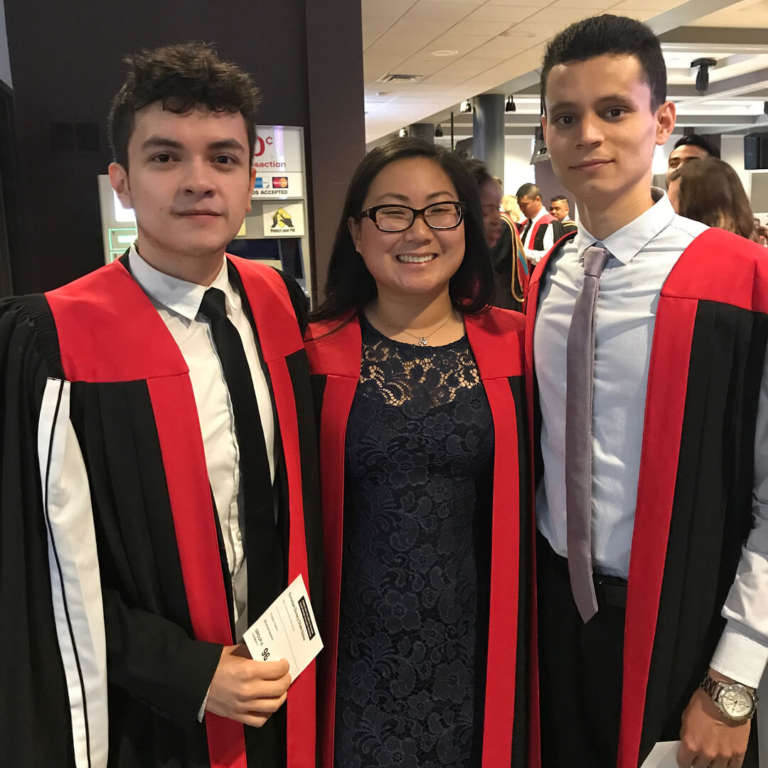
Working in Aviation
Passenger Service Agent for Airport Terminal Service (ATS)
My first job in Aviation was at Toronto Pearson International Airport for Airport Terminal Service (ATS) as a passenger service agent. My job included checking in passengers for their flight, placing bag tags on their luggage, attaching the jet bridge to the aircraft and more. I really enjoyed this job as it helped me learn more about airport operations.
ATS works with many airlines. I had the pleasure of working with Icelandair. At ATS, our roles and responsibilities were to set up the check-in counter so the bag tag printer and boarding pass printer had enough paper. We also set up the monitors to indicate which line was for economy passengers and which line was for business passengers. After ensuring all this was good to go, we began the check-in process. When checking passengers in, it’s important that they have the proper documentation to enter their final destination. For example, if a passenger has a Vietnamese passport and their final destination is Barcelona, the agents would have to ensure that this passenger has a visa to enter Spain.
Also, some agents are assigned different tasks. For Icelandair, we had an arrival agent and a gate lead. During the check-in process, the senior agent has the air to ground radio, which is used to communicate with the inbound crew. The pilot will use it to contact the agent to ask for the gate where they will need to park the aircraft. After speaking with the inbound crew, the agent assigned to do arrivals will make their way to the gate in order to put the jet bridge on the aircraft when it arrives to let the passengers disembark. Once all passengers disembark, the arrival agent goes into the arrival hall. They will log into the computer and the system will let the agent know which bag(s) failed to be loaded. The passenger with the missing bag is contacted and a report is made. Once their bag arrives during the week, the airline will send the bag directly to their address. Passengers who have damages to their luggage will also speak with the arrival agent to file a report if needed.
The other role assigned was called the gate lead. The role of the gate lead is to check-in passengers until the outbound crew arrives. Once the crew arrives, the gate lead will make their way to the gate and prepare for boarding. They will log into the computer and call the passengers who need to have their documentation verified. The gate lead will wait for the crew to give to the “OK” and only then will boarding commence. The gate lead will do the announcement for the boarding groups and the other agents will scan boarding passes and ensure the name matches the passport. Once boarding is complete the doors are closed and the bridge is pulled back.
This was my experience at ATS. I worked with amazing people and learn a lot during my time here. I was very lucky to have this opportunity.

Crew Scheduler for Sky Regional
In my last year of college, I began to apply for full-time jobs in Aviation. I was still working at ATS (Airport Terminal Services) as a Passenger Service Agent but the winter season was coming which meant the flight schedule for Icelandair would go from two flights a day to one flight a day. We bid our schedule based on seniority and since I was one of the most junior employees I knew that I would not be getting a lot of hours. I began to look for other jobs. I didn’t have much luck for a while but months later I got a call from Sky Regional for the crew scheduler position that I had applied for a while back. I had an interview and it all happened so fast. My only concern at that time was how I would be able to do both school and work. Luckily for me, I only had school twice a week but all full day 8 am – 4 pm. The schedule at Sky was 4 days on and 4 days off. If the days I worked happen to fall on my school days I had the option to shift trade with my colleagues. I was lucky to have such amazing colleagues that would help me with shift trades to make sure I was able to make it to my classes.
This was my first time working directly for an airline so I was really nervous but also excited to learn new things and experience aviation more. My title at Sky was Crew Scheduler. As a crew scheduler, we ensure all flights have the appropriate amount of flight attendants and pilots. Every month the Crew Planners put together flights into what we call a pairing, place it on the crew member’s schedule and then publish the schedule for the month. (Pairing is a collection of flights put together). After the schedule is published it is the scheduler’s job to staff any flights that become open. For example, if someone calls in sick, removed off flying as per management etc. If any pairing becomes open we staff it with pilot or flight attendants on reserve. The idea behind reserve is very similar to what most people are familiar with as on-call. Pilots and Flight attendants are on reserve for certain days throughout the month and they are called upon when a pairing becomes open. Another element of our job is ensuring that pilots are complying with the Canadian Aviation Regulations (CARs). For example when I was the crew scheduler pilots needed to have 3 consecutive days off in 17 days and/or 36 consecutive hours off in 7 days. If pilots do not receive one or the other they will need to be removed as it is not legal for them to operate. (Please note CARs rules have changed since I was a scheduler)
Crew Scheduling can also be challenging because we would have to work in a fast-paced environment sometimes as well as under pressure. When there is a open flight and we run out of reserve and no one is willing to pick up overtime that is when we get stressed out. We would have to do swaps by taking crew off other flights to cover one flight and it would get really stressful. We are working tirelessly to ensure we do not cancel the flight.
I worked at Sky Regional from Oct 2018 – Jan 2020. It was such an amazing experience and built a lot of friendships and working relationships as well. I learned so much about the behind the scenes of an airline and gained a lot of experience as well. One of my last tasks at Sky regional was classroom training with 4 new schedulers. It was my first time implementing a training program and doing classroom training. I enjoyed it a lot and will cherish all the memories I’ve made with my former colleagues.
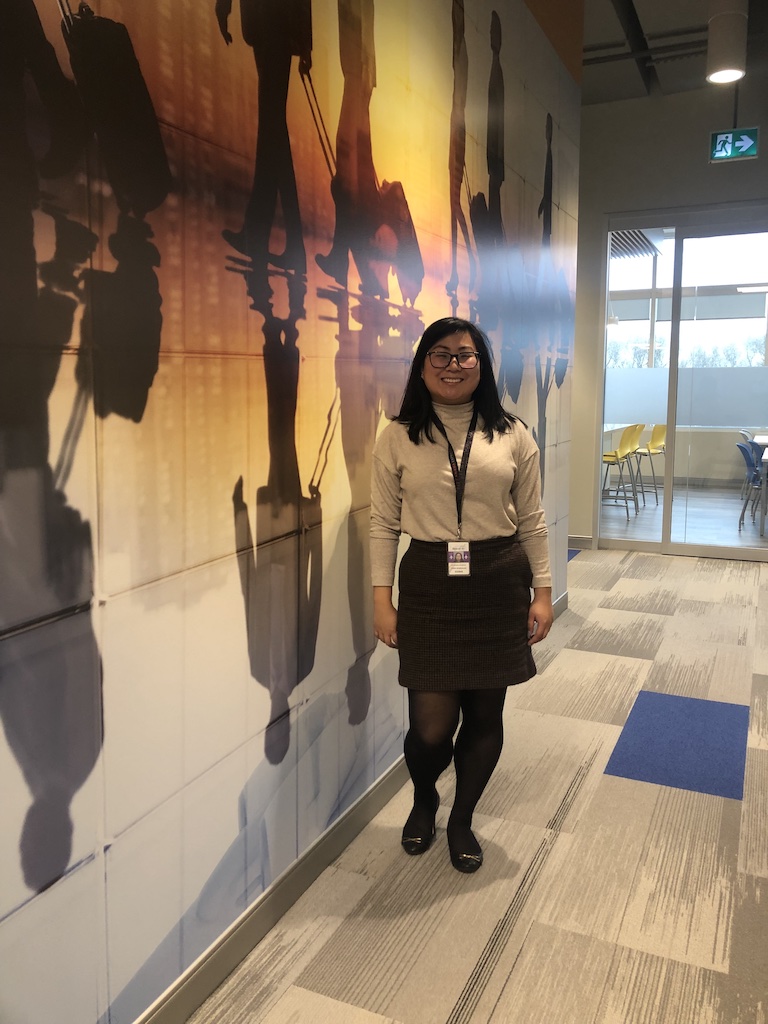
Crew Network Manager for Air Canada
My current position at Air Canada is Crew Network Manager. I started in Feb 2020 just before the pandemic hit and was laid off from April 2020 – August 2020. It was definitely a rollercoaster of emotion being laid off. When I got the notice it stated that I would be on furlough which is temporary. As the months passed by I started to doubt if I would even get the call-back. The end of July came and my boss called for my return to work date. I was so happy!
Before getting furloughed my job function was to communicate with the crew schedulers about operational situations. For example; If a flight was delayed due to a maintenance issue we would have to give both FOPS (pilot) crew schedulers and IFS (cabin crew) schedulers a heads up. If this would affect their maximum duty day then they would need a recovery plan in order to ensure uninterrupted operation. The maximum duty day referred to the maximum hours that crew members both pilots and flight attendants can work. The maximum duty day varies. A lot of factors affect a crew member’s duty day such as how much rest they had the day before, how many time zones they are crossing, how many crew members for this particular flight and more.
Another part of our job was to monitor the operations, we would try to be as proactive as possible to avoid any delays.
After being laid off the number of flights being operated by Air Canada significantly dropped because of all the travel restrictions. When I came back to work in August a few of our roles and responsibilities had changed. We were not as involved in commercial operations anymore. We were focused on cargo operations. This was very interesting to me because I’ve always been involved in the commercial operation of an airline, not much with cargo. It was an interesting section of aviation that I enjoyed learning about. As the cargo operation grew with the company they took us away from the commercial operation some more. Eventually, they took us out of the commercial operation completely but only for the time being until everything returns to normal.
Working for Air Canada has been a dream for me since going to school. Working for a company with so much opportunity for growth is such an honour.